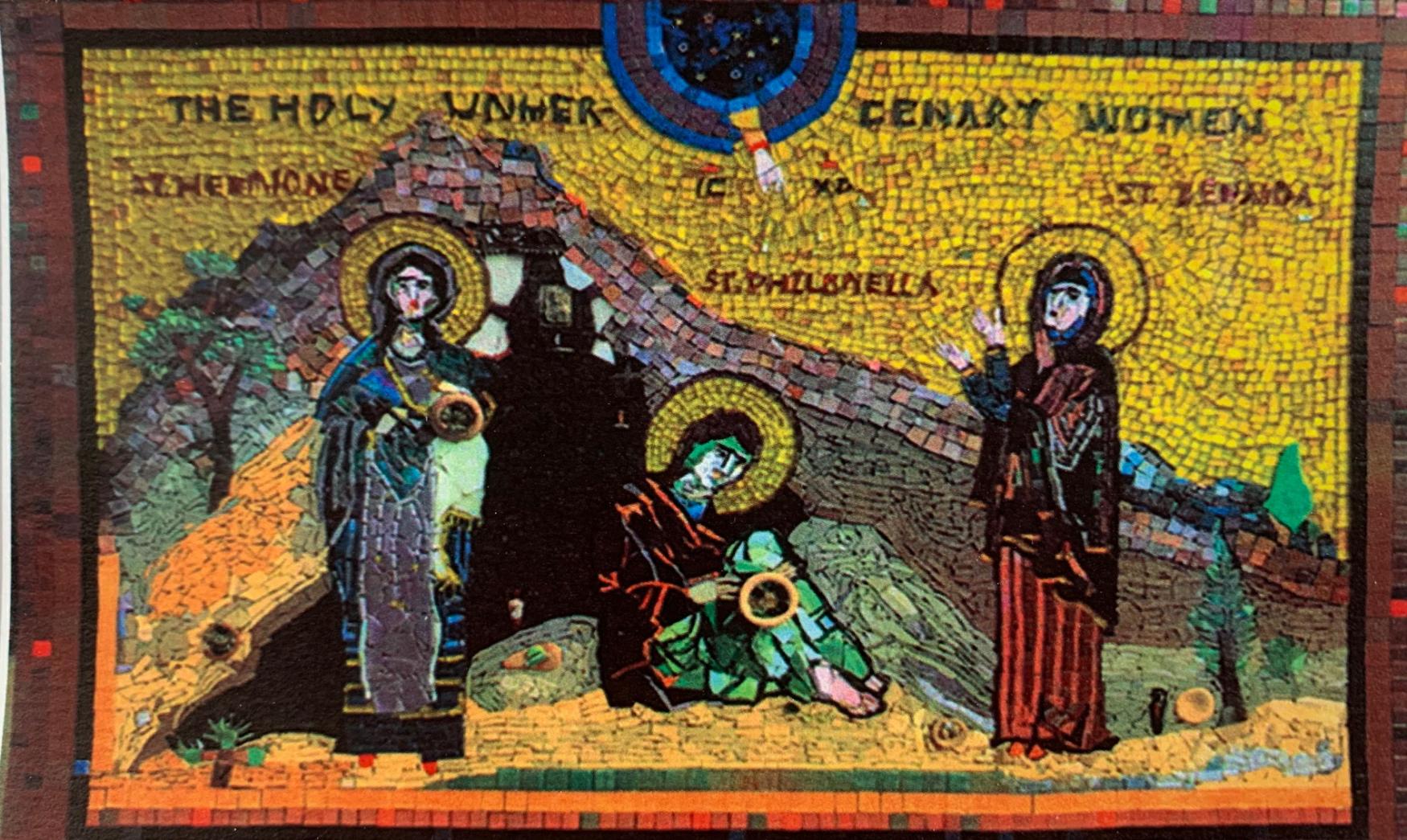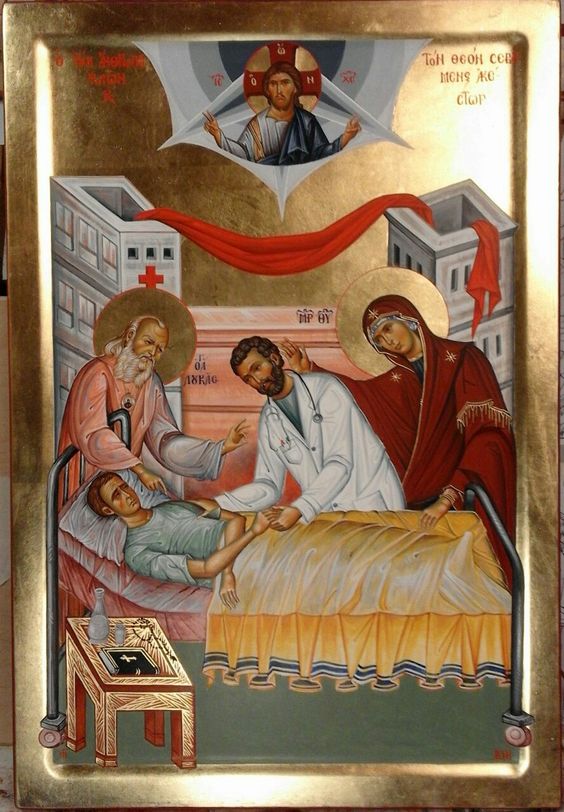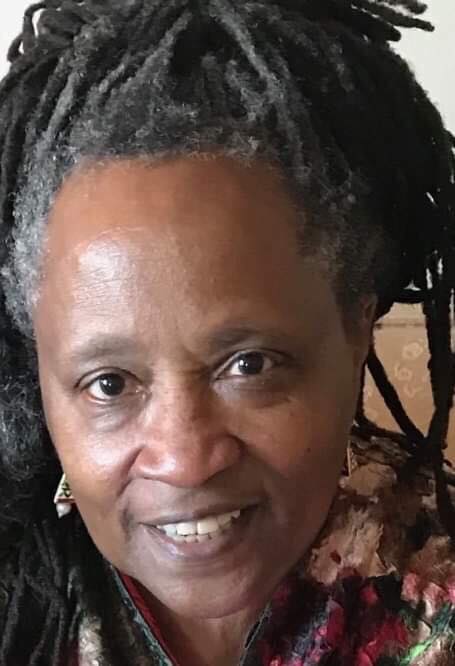
When I was Episcopalian and a member of the Cathedral Church of St John the Divine, I became a member of the healing ministry. We learned to be still, to hold our hands up to the head of the person before us, and feel the energy. We asked their name and what brought them to us. Then we laid our hands and said, “(Calling their name), I lay my hands upon you in the Name of our Lord and Savior Jesus Christ, beseeching him to uphold you and fill you with his grace, that you may know the healing power of his love. Amen.”
We did this during the Liturgy only as part of the intention and celebration of Jesus’s life, death, and resurrection. It was included in a sacrament, and restores calm to the person being healed and reconciliation with God and our neighbors.
Nun Katherine Weston, in “Traditions of the Healing Church: Exploring the Orthodox Church,” writes that there are three kinds of spiritual illness: separation within ourselves (between soul and body); separation among people (between ourselves and others); and separation between ourselves and God. She writes that these are called “disordered relationships.” Healing for us, the Orthodox, is also what I understood Episcopal healing to be.
One day, when someone passed out in church, however, the Dean’s wife (who is a priest and a medical doctor) and his daughter (who was an EMT on her way to medical school), rushed to his side, evaluated his condition, and called for an ambulance to St. Luke’s Hospital.
Today, more than ever, we need both kinds of healing. In reading about Jesus’s healing acts—for Peter’s mother-in-law, the woman with the flow, the Temple leader’s daughter, the widow’s son—he was a healer of disease. People lined up to be healed. One group of friends even lowered their friend from the roof to be with him.
No doubt these people were suffering. And as we know, soul and body are intimately related: our physical illnesses and conditions affect our emotions. And emotions affect our health.
When I was a hospital chaplain, I understood how prayer and medicine worked together. Meeting a patient when the doctors are gone, and the family is at home, the patients were free to confess.
“I don’t want to be a burden to my family, so I tell them I’m OK,” many of them said.
“I’m scared,” an ER patient told me. Of course you are. “No, you don’t understand: I’m a cop. I’m not supposed to be scared.”
“I haven’t spoken to my father in two years,” a young man said, “and I don’t know if I should tell him I’m here, or even how to tell him.”
A teenage girl told me, “I told the doctors I didn’t have anything to drink, so I don’t know why I went into shock with my diabetes ... I had beer at a party with my friends. That doesn’t count, right? I don’t have to tell them.” (I followed up by asking the doctor to meet with her and ask her to tell him all about her time with her friends).
And, a lawyer and judge said to me,”My family has a feud with another family who put a curse on me. I cannot tell my doctors, but I know that this is true.” I prayed St. Patrick’s breastplate with her and she was calmed.
So today, as in Jesus’s time, we are surrounded by people who are ill and people who are desperate. We need prayer, and we need prayer time together, for spiritual healing, for community, for Jesus “to uphold us and fill us with his grace, that we may know the healing power of his love.”
And we need all the efforts of doctors and researchers who are scrambling to understand this new virus, who use all their skills and intuition and energy to care for patients, to warn those of us who are not sick, and to keep themselves healthy. People are lining up to be tested, to be healed. No one knows who will be next. Someone is feverish and listless one day, sent home from treatment, and back in the hospital again only to die later.
In this time, they rely on their training their ability to observe, to try new things, to communicate with others. it is impressive. There are so many patients to see all at once. This virus does not act like any of the others. It attacks the kidneys and the gut, the heart and the brain. I learned a new term of art today: “hemostatic derangement.” It describes how this virus is causing blood clots that can travel to the heart and brain causing severe reactions, even death. This is, indeed, novel. Why is this seen in America? Probably because our machines, technology, and diagnostic tools are sophisticated and sensitive. And as these discoveries are made they are shared with and considered by medical professionals around the world.
They, too, need chaplains. They, too, need time to voice their fears and fatigue and powerlessness. They, too, need to step away sometimes as Jesus did, to be alone, to feel the enormity of the mission.
We don’t know why this is happening. Perhaps we never will. But we know that our rituals and protocols, liturgical and professional, the terminology of our disciplines —- like “disordered relationships” and “hemostatic derangement”—help us find a way to understand what is happening and how we may respond. All of this makes our communities essential to us now.
* The mosaic of the Holy Unmercenaries comes from the chapel at the All Saints Orthodox Church in Bloomington, Indiana. If anyone can tell us the name of the mosaicist, we would like to credit them. We are also looking for the name of the iconographer of the icon of St. Luke, the Theotokos, and the sick room.


Judith Scott holds a masters in theology from Union Theological Seminary.


